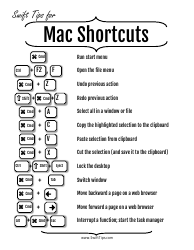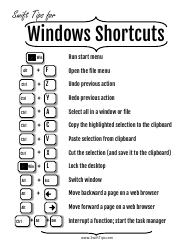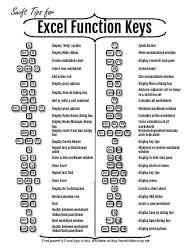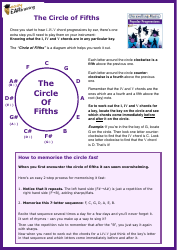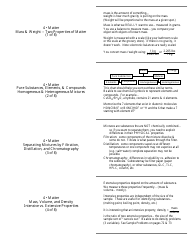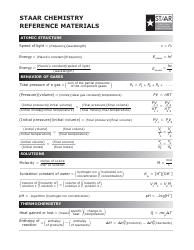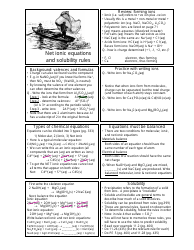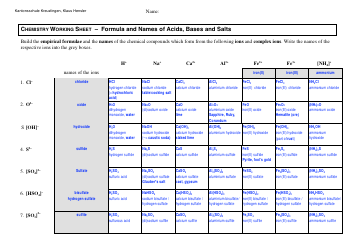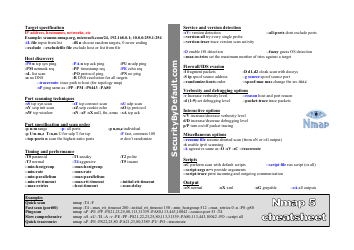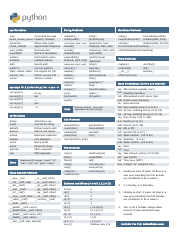Non-harmonic Tones Cheat Sheet
A Non-harmonic Tones Cheat Sheet is a resource that provides information and examples about non-harmonic tones in music. It helps musicians and students understand and identify these specific tones within musical compositions.
FAQ
Q: What are non-harmonic tones?
A: Non-harmonic tones are tones that don't belong to the underlying chord.
Q: What is the purpose of non-harmonic tones?
A: Non-harmonic tones add tension and interest to music.
Q: What are some examples of non-harmonic tones?
A: Examples include passing tones, neighbor tones, and suspensions.
Q: What is a passing tone?
A: A passing tone is a non-harmonic tone that connects two chord tones by stepwise motion.
Q: What is a neighbor tone?
A: A neighbor tone is a non-harmonic tone that is approached by a chord tone, followed by a return to the original chord tone.
Q: What is a suspension?
A: A suspension is a non-harmonic tone that occurs when a note from the previous chord is held over into the next chord, creating a dissonant interval.
Q: How are non-harmonic tones commonly indicated in music notation?
A: They are typically indicated with specific symbols or notation markings.
Q: Are non-harmonic tones used in all styles of music?
A: Yes, non-harmonic tones can be found in various styles and genres of music.
Q: Do non-harmonic tones always create dissonance?
A: Non-harmonic tones often create dissonance, but their resolution back to chord tones creates a sense of resolution and stability.
Q: Can non-harmonic tones add emotional depth to music?
A: Yes, non-harmonic tones can add emotional depth and complexity to music compositions.




